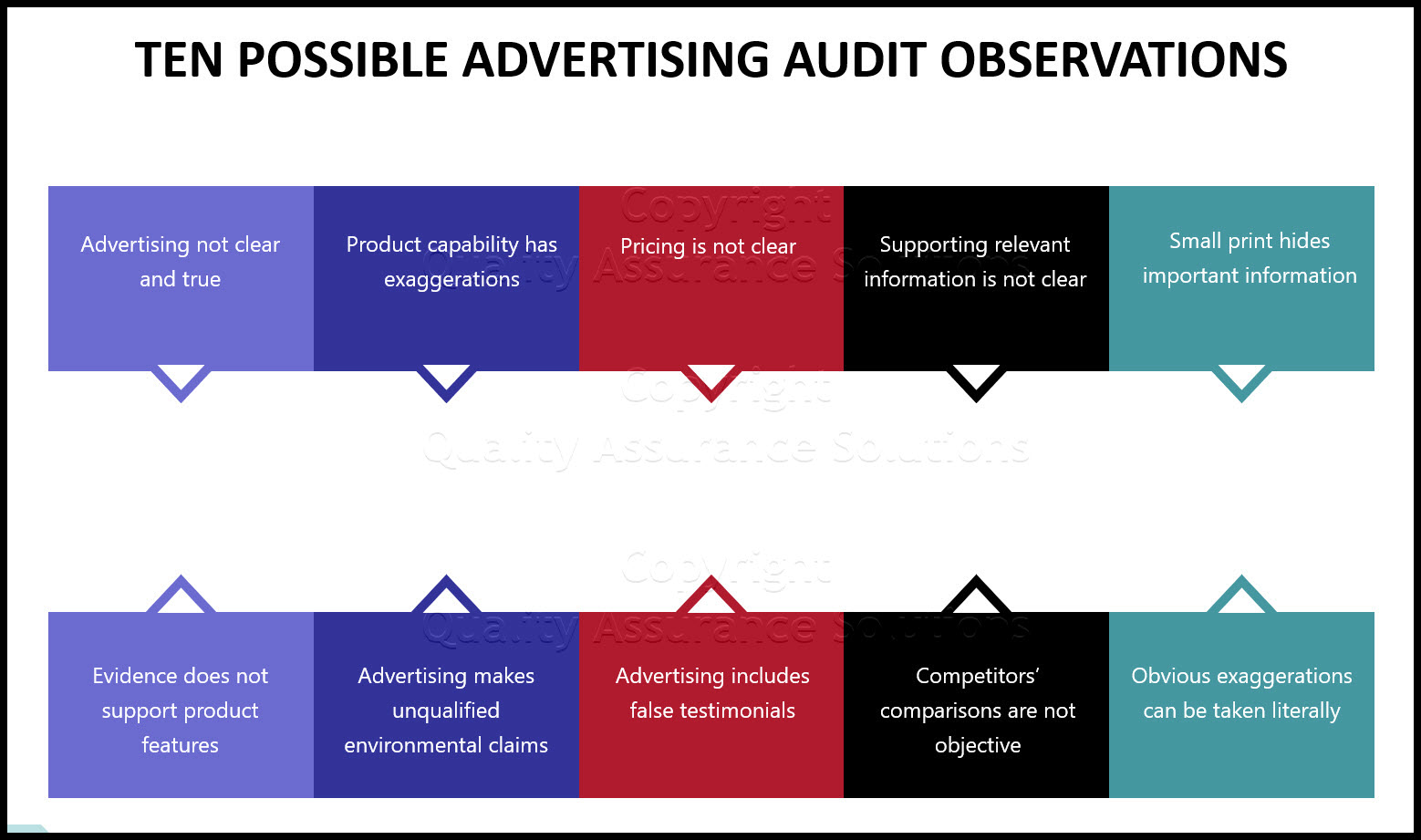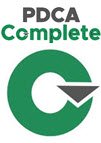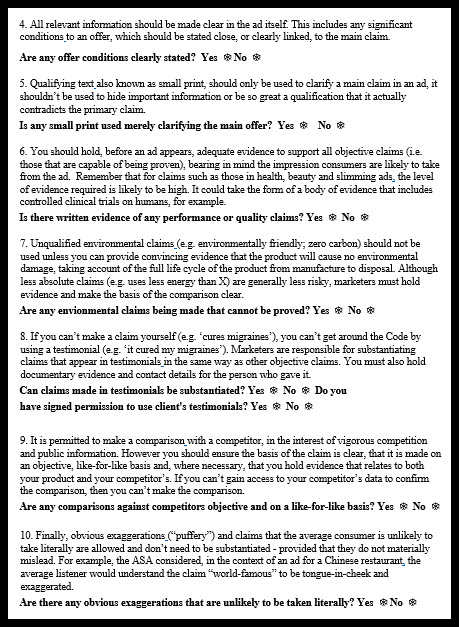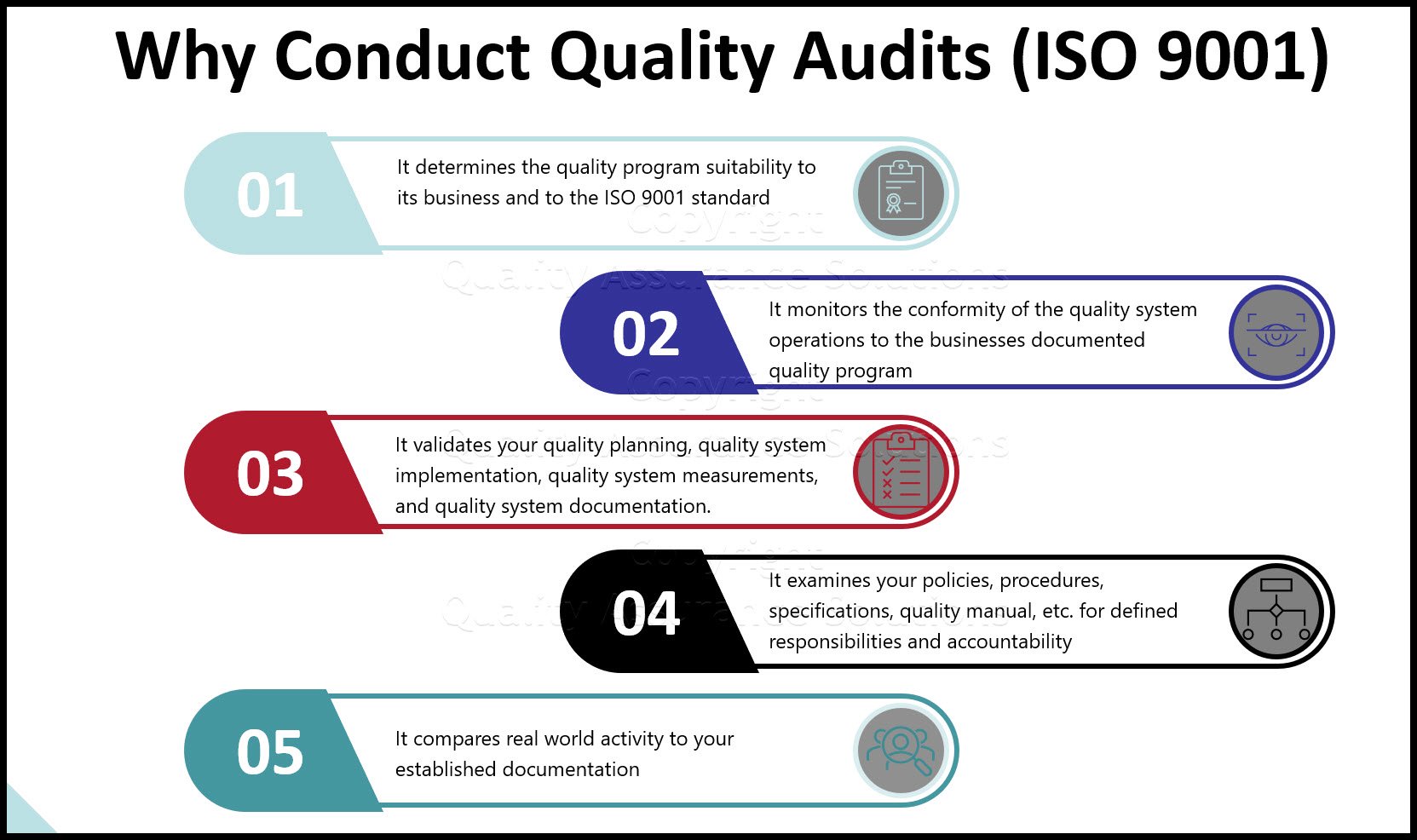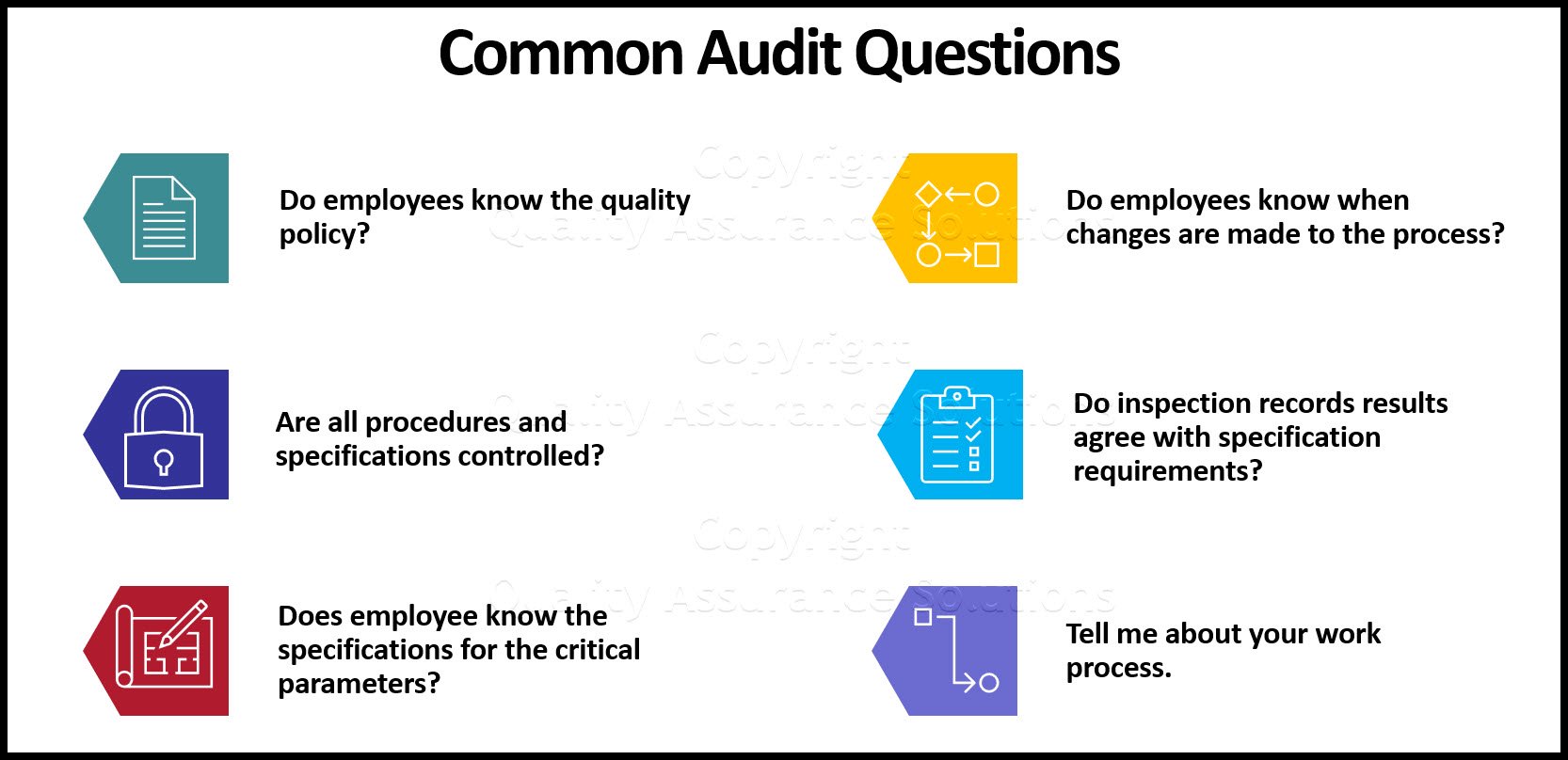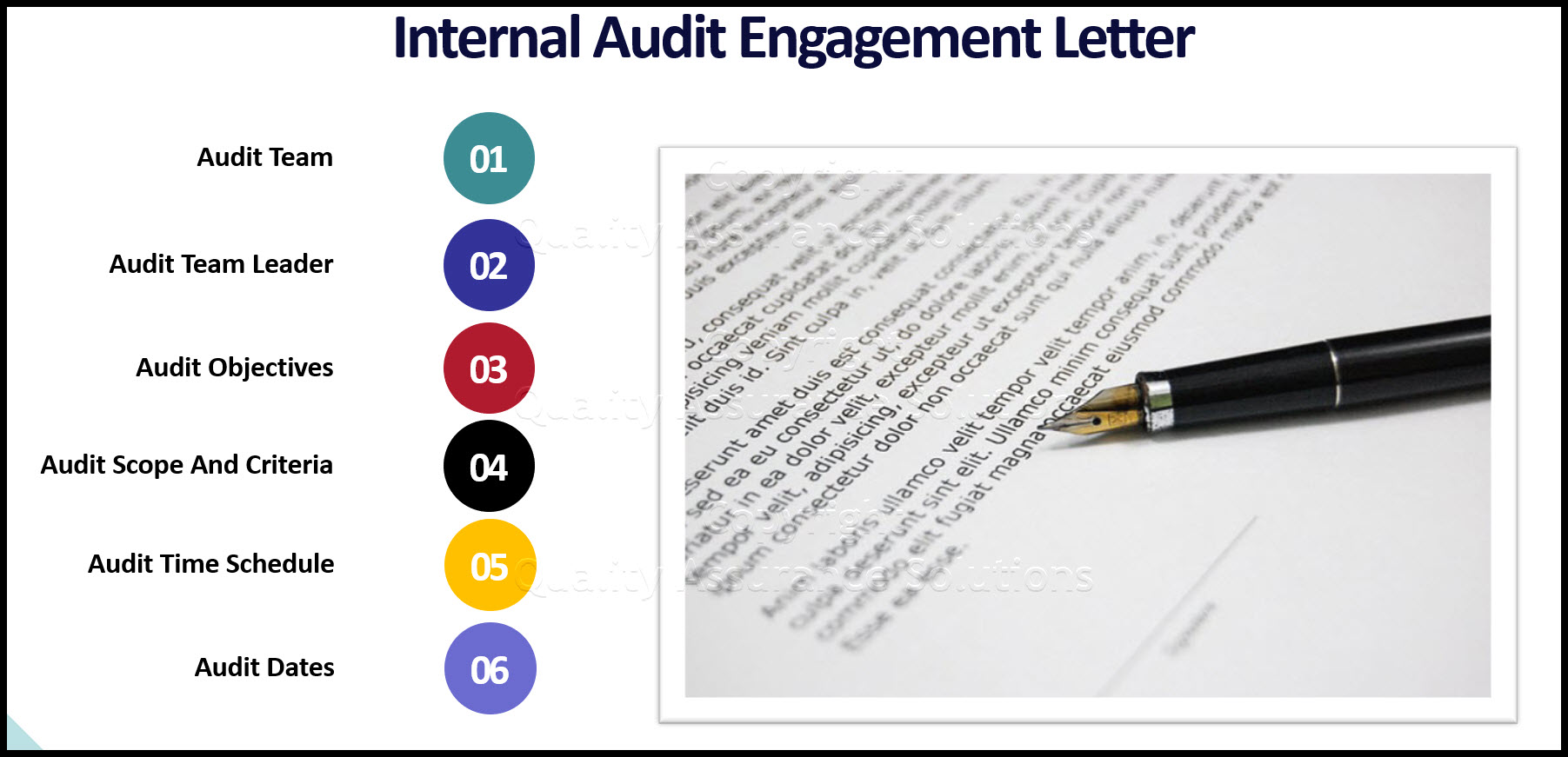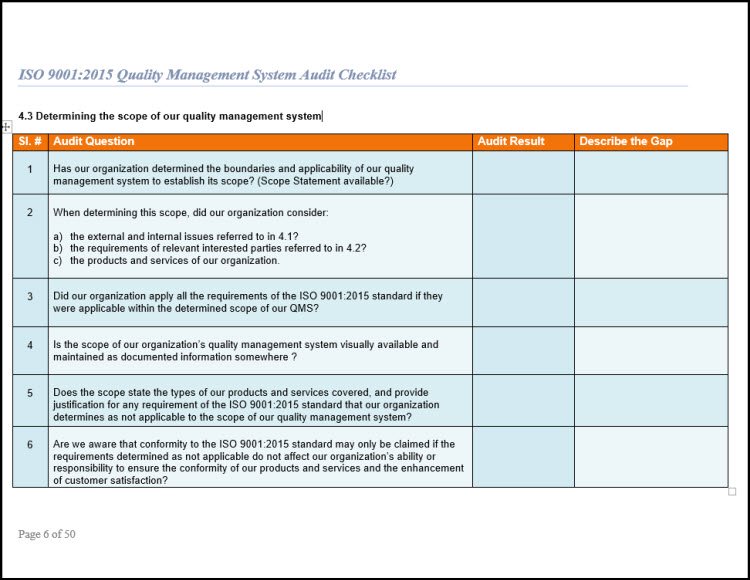Advertising Audit
Use the below advertising audit checklist to audit your marketing materials.
Any marketing material you produce and distribute must meet advertising standards. If it doesn’t then you could get complaints about it. If the complaint goes to the FTC or in the UK, the ASA you could have a bit of a problem.
Now, I’m sure you would agree with me that adverts, or any other marketing material, are rarely deliberately designed to offend. But sometimes we can upset people completely unintentionally.
That’s why having an advertising audit checklist can be useful.
This checklist, which is adapted (with their permission) from the information I found on the Committee of Advertising Practice website, is a useful gift for you. To get it, please sign-up below for QA Solutions E-zine.
For your interest we include the content of the checksheet below. But the free checksheet really helps when you actually conduct the audit.
I would recommend that you run any of your promotional pieces by this checklist before letting it out into the big wide world!
Comprehensive ISO 9001:2015 Audit Checklist for Internal, Gap and Certification Audits.
Advertising Audit Intro
Taken from https://www.asa.org.uk/
61% of the complaints the Advertising Standards Authority (ASA) received in 2011 were about misleading advertising. That equates to about 80% of the ads it investigated. Making sure you don’t mislead people might seem straightforward, but it is a broad area that can require careful navigation by marketers in all sectors.
“Marketing communications must not materially mislead or be likely to do so”
Marketing communications are considered to be misleading if they:
- are likely to deceive consumers and
- are likely to cause consumers to take transcriptional decisions that they would not otherwise have taken
What Is Meant By Deceive?
Ads can deceive consumers by ambiguity, through presentation or by omitting important information. In short, that is information that the consumer needs to make informed decisions in relation to a product or service. They can, of course, also mislead by including false information.
What Does It Mean In Practice?
You should try to be as clear as possible in your communications with consumers. This means that as well as not making false claims, you shouldn’t hide information from them or exaggerate any claims you plan to make.
You should make sure that you hold evidence for any
objective claims you make i.e. those claims that can be proved. Claims that
can’t be proved include, for example, opinion: “Our most stylish range ever!”
Advertisers must hold the evidence for a claim before
publishing an ad.
Transactional Decision
The transactional decision test essentially means that the misleading claim has to affect the consumer’s behavior - a “transactional decision” does not only involve the decision of whether or not to make a purchase, but can also be a matter of simply making further inquiries or navigating further into an advertiser’s website, for example.
8D Manager Software with 8D, 9D, 5Y and 4M report generator. Your corrective action software for managing, measuring, and reporting issues.
Advertising Audit Checklist
1. Care should be taken to consider
the likely message consumers will take from a claim. For example, the ASA found
claims on a vegetarian and vegan dating site, where
the majority of members were meat-eaters, to be misleading.
2. The capability or performance of a product should not be exaggerated
3. Make sure your pricing is clear.
4. All relevant information should be made clear in the ad itself. This includes any significant conditions to an offer, which should be stated close, or clearly linked, to the main claim.
5. Qualifying text also known as small print, should only be used to clarify a main claim in an ad, it shouldn’t be used to hide important information or be so great a qualification that it actually contradicts the primary claim.
6. You should hold, before an ad appears, adequate evidence to support all objective claims (i.e. those that are capable of being proven), bearing in mind the impression consumers are likely to take from the ad. Remember during the advertising audit that for claims such as those in health, beauty and slimming ads, the level of evidence required is likely to be high. It could take the form of a body of evidence that includes controlled clinical trials on humans, for example.
7. Unqualified environmental claims (e.g. environmentally friendly; zero carbon) should not be used unless you can provide convincing evidence that the product will cause no environmental damage, taking account of the full life cycle of the product from manufacture to disposal. Although less absolute claims (e.g. uses less energy than X) are generally less risky, marketers must hold evidence and make the basis of the comparison clear.
8. If you can’t make a claim yourself (e.g. ‘cures migraines’), you can’t get around the Code by using a testimonial (e.g. ‘it cured my migraines’). During the advertising audit, marketers are responsible for substantiating claims that appear in testimonials in the same way as other objective claims. You must also hold documentary evidence and contact details for the person who gave it.
PDCA Complete is an organizational task management system with built-in continuous improvement tools. Includes projects, meetings, audits and more.
Built by Quality Assurance Solutions.
9. It is permitted to make a comparison with a competitor, in the interest of vigorous competition and public information. However you should ensure the basis of the claim is clear, that it is made on an objective, like-for-like basis and, where necessary, that you hold evidence that relates to both your product and your competitor’s. If you can’t gain access to your competitor’s data to confirm the comparison, then you can’t make the comparison.
10. Finally, obvious exaggerations (“puffery”) and claims that the average consumer is unlikely to take literally are allowed and don’t need to be substantiated - provided that they do not materially mislead. For example, the ASA considered, in the context of an ad for a Chinese restaurant, the average listener would understand the claim “world-famous” to be tongue-in-cheek and exaggerated.
Free Advertising Audit Checksheet
|
Quality Assurance Solutions Robert Broughton (805) 419-3344 USA |
 |
|
Software, Videos, Manuals, On-Line Certifications | ||
|
An Organizational Task Management System. Projects, Meetings, Audits & more | ||
|
Corrective Action Software | ||
|
Plan and Track Training | ||
|
AQL Inspection Software |
|
450+ Editable Slides with support links | ||
|
Learn and Train TRIZ | ||
|
Editable Template | ||
|
Templates, Guides, QA Manual, Audit Checklists | ||
|
EMS Manual, Procedures, Forms, Examples, Audits, Videos | ||
|
On-Line Accredited Certifications Six Sigma, Risk Management, SCRUM | ||
|
Software, Videos, Manuals, On-Line Certifications |
